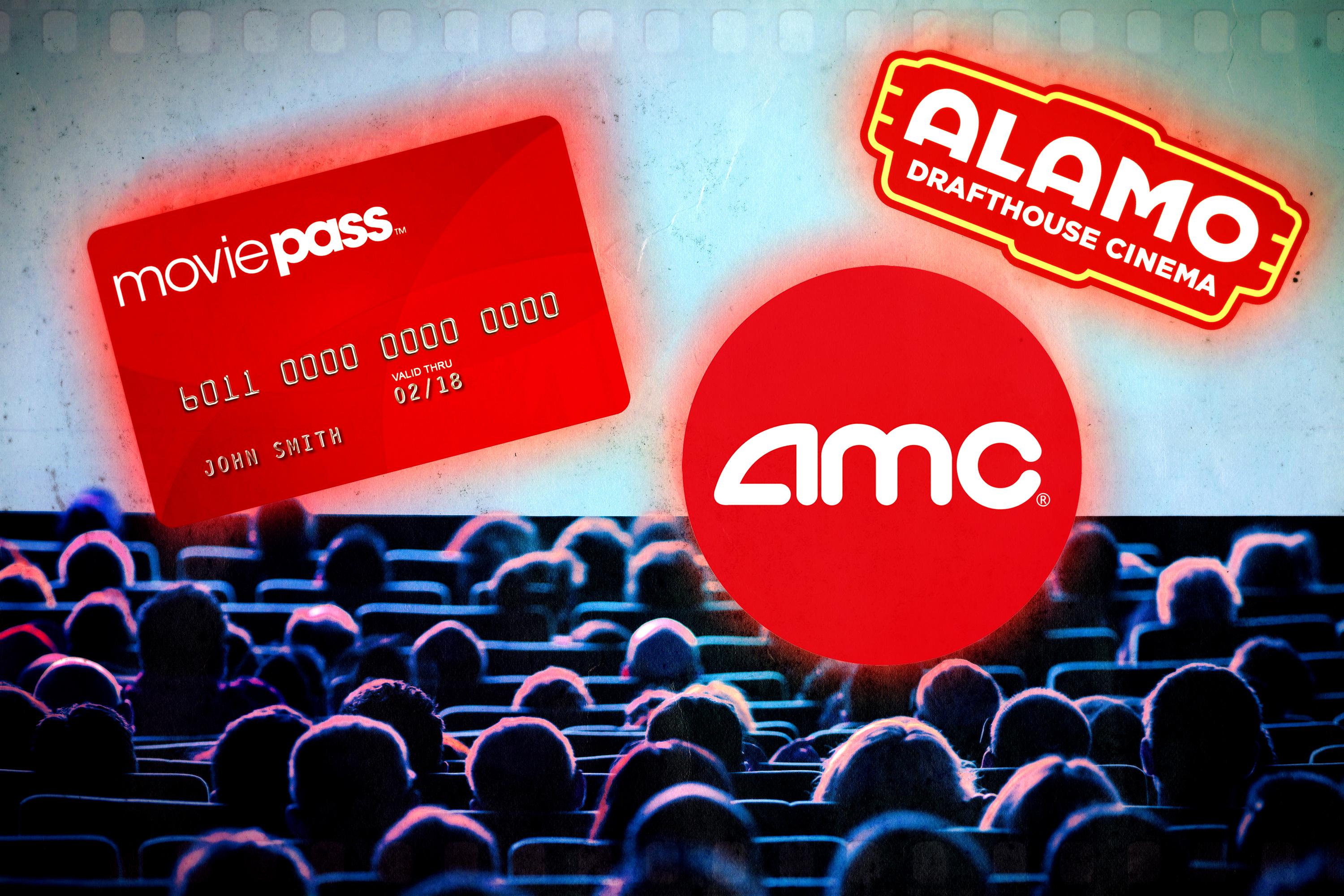
I saw a movie on Wednesday night and as soon as it was over all I could think about was when I could see it again. On a bigger screen. With my friends. The movie was Mission: Impossible—Fallout, which will not be released for another two weeks. On its face, Fallout is everything that is wrong with Hollywood in 2018: the sixth installment of an overworked franchise adapted from forgettable source material starring a has-been action star with a problematic personal life. And yet: Fallout is fantastic, one of the most thrilling and purely enjoyable movies of the year, imbued with wild set pieces, a chummy acting style, and the kind of Who cares if it makes sense? plotting that feels airlifted in from a time before we had expanded universes and preciously curated intellectual property. It is a minor miracle. Twenty-two years since the original Mission: Impossible film, Fallout is projected to have the biggest opening weekend in the series’ history. If it isn’t the movie of the summer, it’s the movie that best represents this year, a stunning bounce back at the box office and also a revitalization of moviegoing culture spurred on by dozens of fascinating variables.
Saying MOVIES ARE BACK! is like saying GIRAFFES ARE BACK! Movies and moviegoing were never going anywhere, though their centrality to American culture has been in question for the better part of the past decade, undermined by insurgents-turned-power-brokers like Netflix and threatened by vanishing attention spans. There are more hurdles. Movies can’t be binged and they can’t be tweeted. They’re the last static experience left in entertainment. You have to go to one place to watch them, a demarcated zone, with strangers. You can’t (shouldn’t!) talk during them, and they aren’t cheap. The average price of the American movie ticket crossed the $9 threshold this year, and is nearly twice that in major metropolises around the country. Concessions are worse. And parking. And the sitter. Oh, and the artisanal cocktail your multiplex is now serving. And Sour Patch Kids, I love those. The movies are a triple-digit financial affair, the domain of the disposable income haver. For less than half the price, an ocean of streamable content awaits. It’s a conundrum for people: splurge for the night or stay in and settle.
The economics of moviegoing have become a flashpoint this year, spurred mostly by MoviePass, perhaps the most aggressively debated failing business since the New York Mets. MoviePass, of course, alleviates the financial crunch for frequent filmgoers by offering a flat rate for its monthly passes. The company’s proposition pitches films at $9 a shot, as often as you want, all month—though a financial hemorrhage in recent months has led to surge pricing, irregular contractual redefinition, and more confused actions by a company without a long-term plan. But in the limited confines of the offices of The Ringer (and beyond), MoviePass is one of the cherished commodities of the modern age. Everyone uses it, a cabal of scammers looking for a deal at every turn. Without care for the future of the industry, and certainly not the financial fortunes of Hollywood or theater owners. The reason for that is clear: they want to see movies. Cheaply.
Black Panther and Avengers: Infinity War and Incredibles 2 are among those movies, of course, the year’s three biggest performers, which have already outpaced 2017’s three biggest hits by a wide margin. But they also want to see Hereditary, the mortifying boutique horror movie that is inching toward the top of distributor A24’s all-time grossers list. And they want to see Book Club, the feel-good septuagenarian comedy of the year, starring Jane Fonda, Candice Bergen, and Diane Keaton as a group of gals thriving in the face of aging. Ocean’s 8 is a modest hit. So is Peter Rabbit. Ant-Man and the Wasp is doing just fine, as did Ready Player One. Solo: A Star Wars Story was a fiasco, but the easiest possible flub to recover from in the entire universe. Fifty Shades Freed? Forgettable, but profitable. Game Night? Delightful! (And also profitable.) Deadpool 2. A Quiet Place. The First Purge. The bumper crop of compelling, unique, or story-line-dependent movies this year has created an uncommon boost at the box office, which is up nearly 9 percent year over year. (Last year at this time, it was down 0.6 percent.) Is this a series of successful coincidences at the movies? Maybe. But there is evidence of a turn.
Black Panther is not just the movie story of 2018 but the cultural phenomenon of the entire year, and the attention it drew is rare. But it’s earned, an achievement that both conforms to the superhero structure and shatters its mold. For many, seeing Black Panther was a badge of honor, an act that indicated a kind of social deed—supporting a movie with a diverse cast made by a black filmmaker on the grandest stage became, somewhat miraculously, a political act. And if you didn’t want to contend with those implications, you could just focus on the continuity in the MCU. (And even then, it was political.) It also signals a new, exciting way forward for franchises—keep taking risks on gifted filmmakers like Ryan Coogler, and let them play within the massive confines of these intergalactic playpens.
Black Panther and the collective “trauma” instigated by the “deaths” in Infinity War, two films that stoked repeated business, created a kind of crisis for MoviePass, and the runoff from that panic led some theater chains to launch their own subscription services, including the nation’s biggest, AMC, and hippest, Alamo Drafthouse. Are these a sustainable business? Is there loyalty to location? Historically, consumers flock to bargains and convenience. AMC doesn’t own much stake in the imagination of filmgoers, but that could change as it diversifies what it offers members—seating options, elevated concessions, additional discounts. But ultimately, people just want to see more movies, as cheaply as possible. Even documentaries.
Last weekend, the sixth doc of the year crossed the $1 million line at the box office. Among them is Betsy West and Julie Cohen’s RBG, a portrait of 85-year-old Supreme Court Justice Ruth Bader Ginsburg. The film was released in May and championed as a celebration of a liberal paragon to the tune of a shocking $12 million return; it’s been given a second life with the recent retirement of Justice Anthony Kennedy and nomination of Brett Kavanaugh, thrusting the Supreme Court back into the national spotlight. Running ahead of even RBG is Won’t You Be My Neighbor?, Morgan Neville’s calmly galvanizing portrayal of the life and teachings of Fred “Mister” Rogers, the Pennsylvania minister turned children’s television godhead. That film has already earned just shy of $14 million in about a month of release and is already one of the 20 biggest docs ever made. It’s been six years since two documentaries in the same calendar year crossed $10 million. This is a boom time, and one of the rare cases in which a fervent political atmosphere—particularly exasperated anti-Trumpers seeking a kind of refuge—and the structural weight of Netflix have spurred success at the movies. Netflix’s aggressive documentary strategy, which includes dozens of original films and more than 1,000 licensed docs, has shepherded new viewing habits into homes around the country. Documentaries are no longer considered dull or academic or for old people. They’re not fringe and they’re emerging from the art house to enter the multiplex. They are as much entertainment as any other streaming, and now, theatrical convention.
This year was uniquely frontloaded—there are no more Marvel or Star Wars releases on the horizon; no Fast nor Furious movies; no Pixar yet to come; the only comic book movie left is Aquaman, which, well, yeah. The evidence of the fever is only the temperature emanating from the head. It could wear off at any time. But in 2018—during a time of peak TV and ever-erupting news outrage, as social media throttles us and personal time is routinely intruded upon with the force of a rhinoceros—movies still matter.

